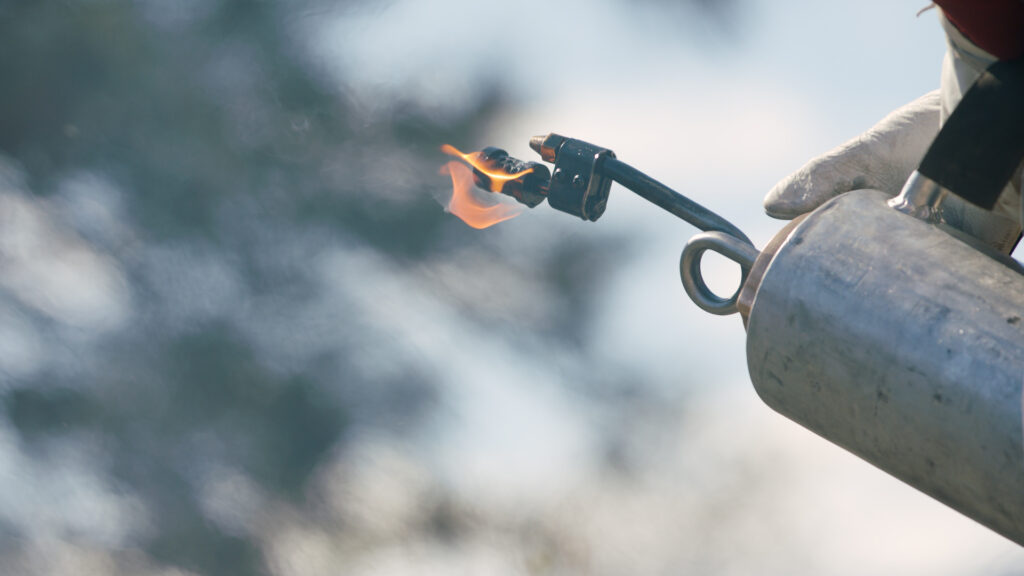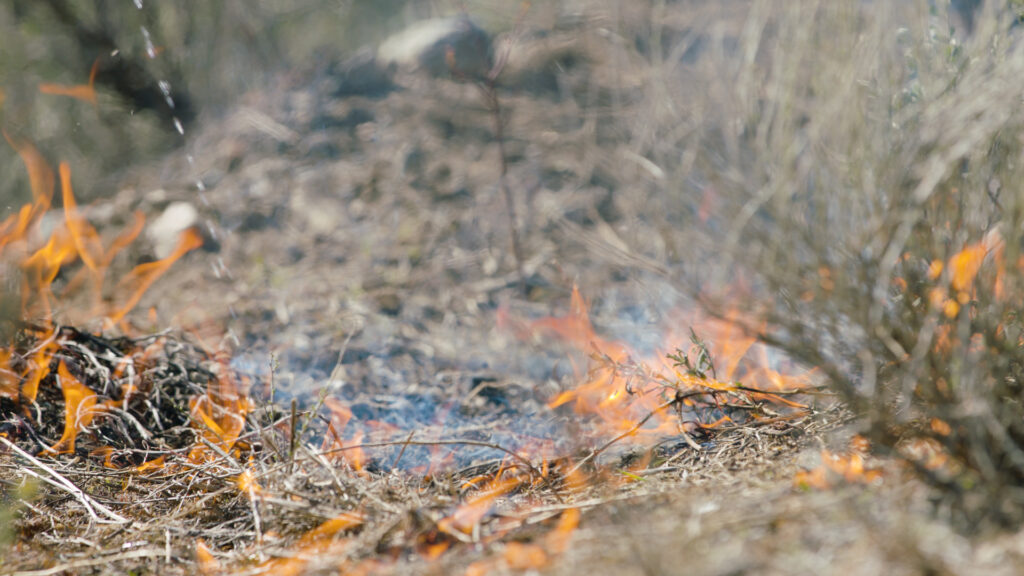Benefits of Prescribed Fire
Fire is a natural, normal process in many ecosystems and is necessary to maintain a healthy forest and a diversity of plant and animal life.
However, a history of aggressive and highly effective wildfire suppression in the Province has resulted in a significant build-up of forest fuels; greater tree encroachment on grasslands; and, ‘in-filling’ of once open, dry forests. Aggressive fire suppression has both increased the risk of devastating wildfires and negatively impacted biodiversity and forest health.

